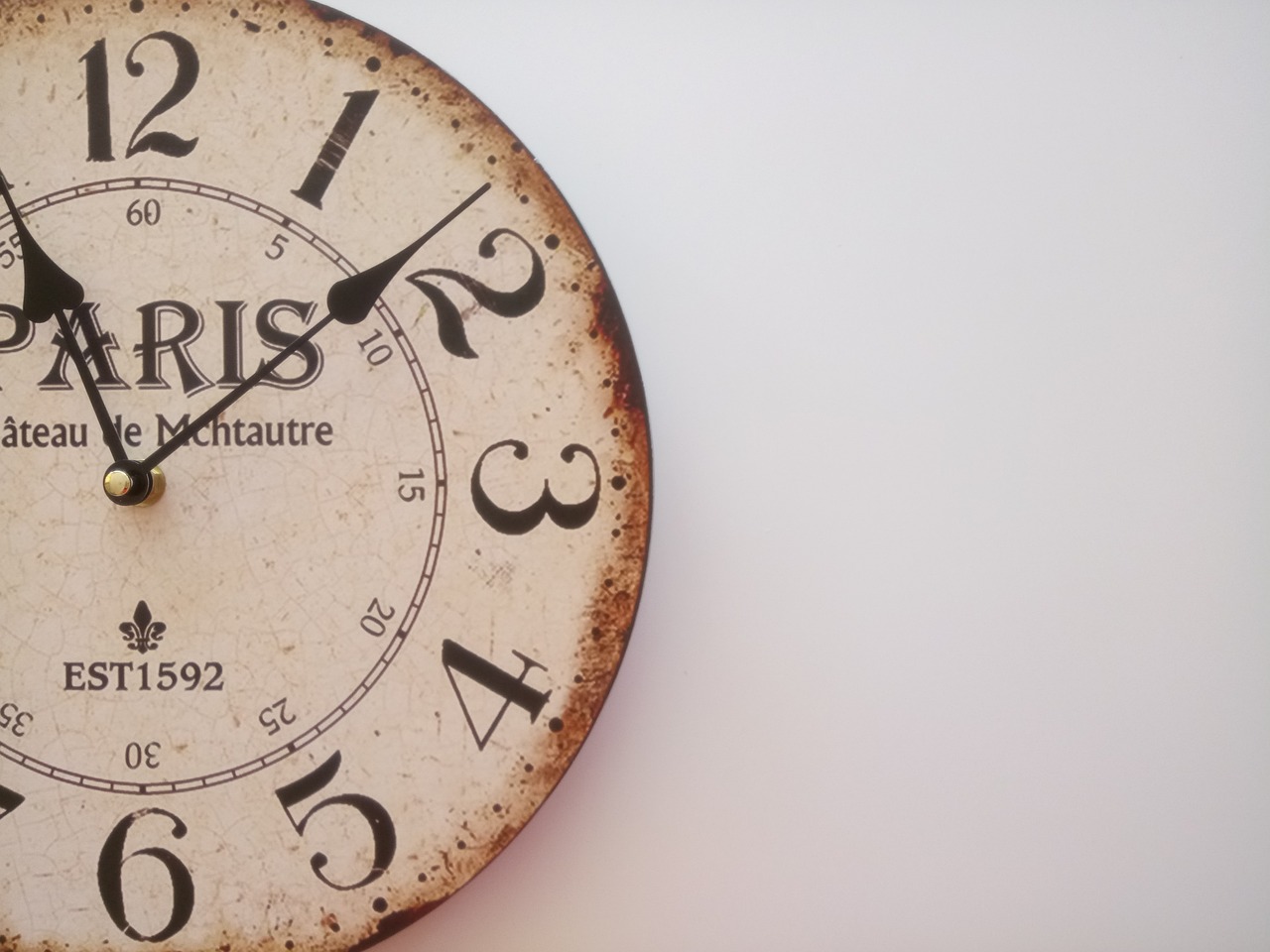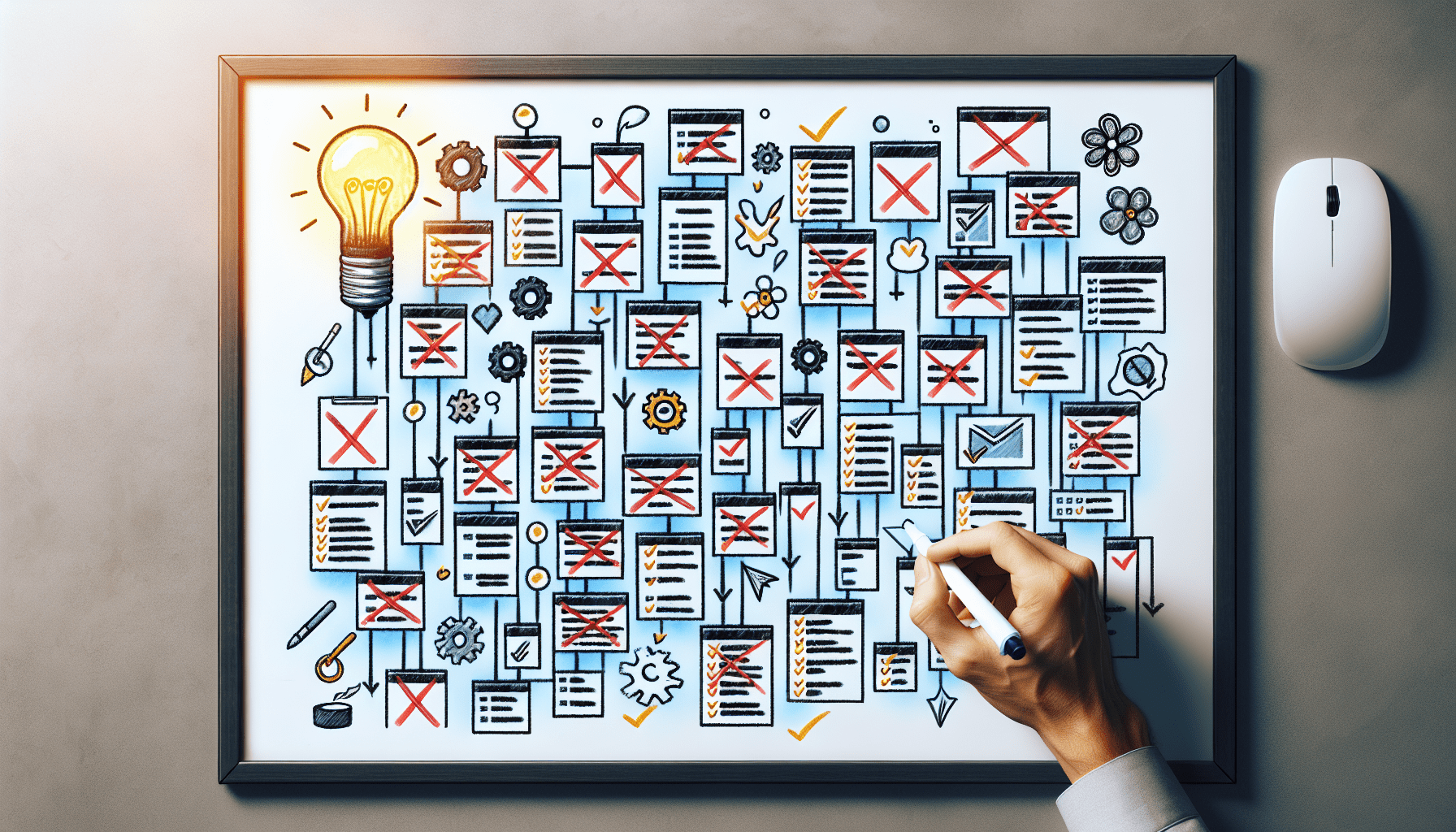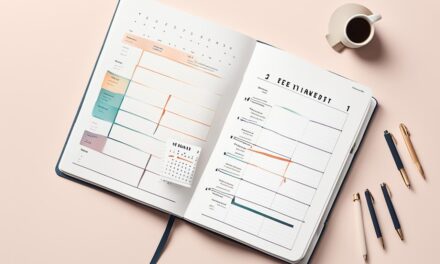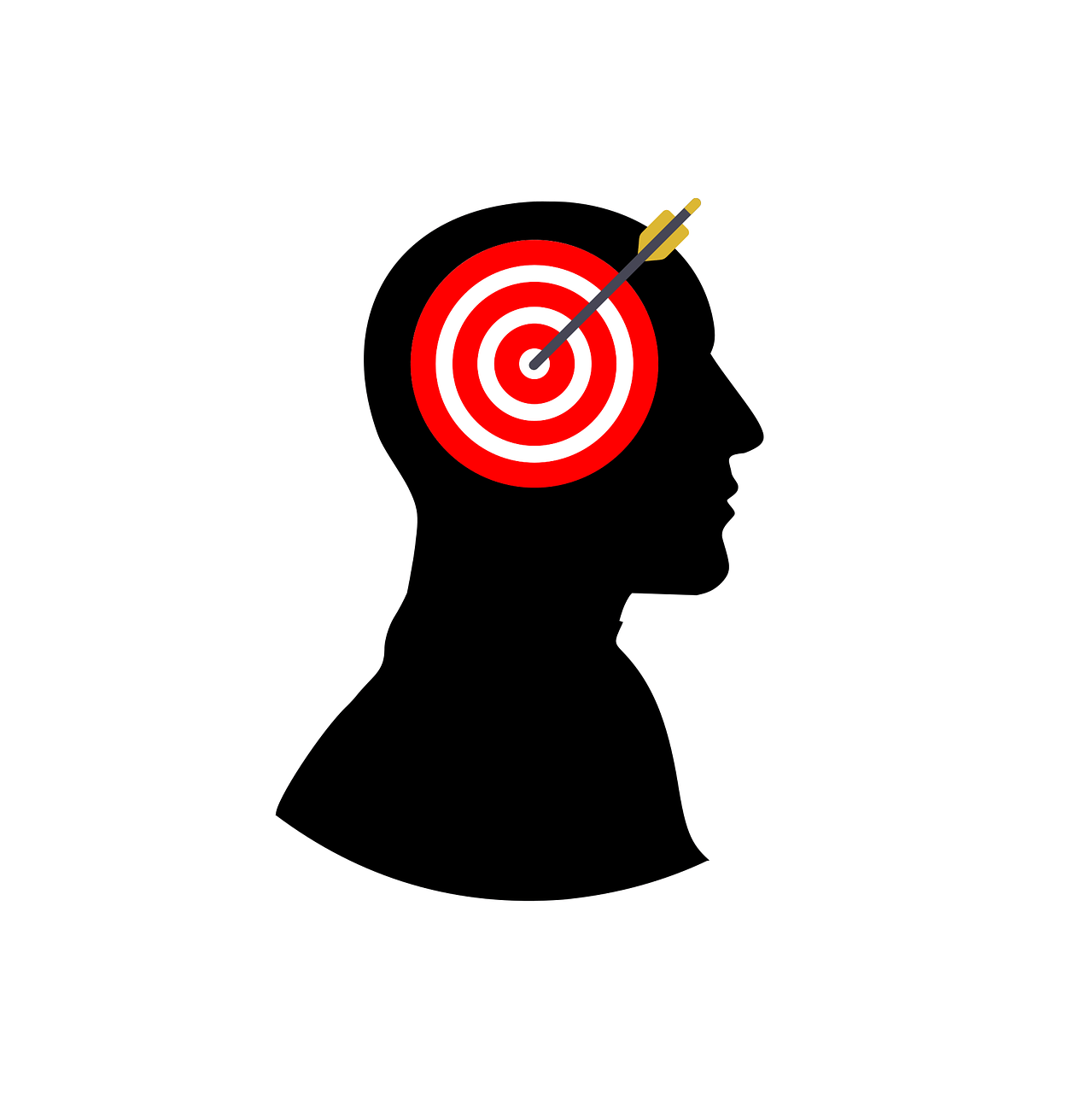
The Art Of Reflection: Looking Inward For Balance And Growth

In today’s fast-paced and demanding world, finding balance and personal growth can often feel like an elusive pursuit. However, by engaging in the art of reflection, you can tap into a powerful tool that allows you to look inward and nurture your own well-being. Whether it’s taking breaks, practicing self-care, or reducing stress, taking the time to reflect on your life and prioritize your own needs is crucial for maintaining long-term productivity and avoiding burnout. Join us as we explore the art of reflection and discover how it can help you find the balance and growth you’ve been searching for.
Understanding Reflection
Definition of reflection
Reflection is the process of looking inward and examining one’s thoughts, feelings, and experiences. It involves thoughtful consideration and introspection, allowing you to gain insight into yourself and your life. Reflection can take many forms, from journaling and meditation to engaging in deep conversations and seeking feedback from others. It is a powerful tool for personal and professional growth, helping you to better understand yourself, make informed decisions, and cultivate a sense of balance and fulfillment in your life.
Importance of reflection in personal growth
Reflection plays a crucial role in personal growth as it allows you to gain a deeper understanding of yourself and your experiences. By reflecting on your thoughts, emotions, and actions, you can identify patterns, beliefs, and behaviors that may be holding you back or contributing to your growth. It provides an opportunity to learn from past experiences, celebrate achievements, and set goals for the future. Additionally, reflection enhances self-awareness, strengthens emotional intelligence, and promotes personal development by fostering self-compassion and self-care.
Different types of reflection
There are various types of reflection that can be employed to facilitate personal growth and self-discovery. These include:
-
Journaling and writing reflections: Writing down your thoughts and experiences in a journal can be a powerful form of reflection. It allows you to explore your feelings, gain clarity, and document your progress over time. Journaling also serves as a means of self-expression and can help you uncover new insights and perspectives.
-
Meditation and mindfulness: Mindfulness practices such as meditation and deep breathing exercises can help you cultivate a sense of presence and focus. These practices encourage you to observe your thoughts and emotions without judgment, providing an opportunity for reflection and self-awareness.
-
Creative expressions (art, music, etc.): Engaging in creative activities such as art, music, or dance can serve as a form of reflection. These activities allow for self-expression and can provide an outlet for processing emotions and gaining insight into your inner world.
-
Engaging in deep conversations: Conversations with trusted individuals can provide an external perspective and facilitate reflection. Engaging in meaningful discussions allows you to gain different viewpoints, challenge your own assumptions, and deepen your understanding of yourself and others.
-
Seeking feedback from others: Asking for feedback from trusted individuals can provide valuable insights and promote reflection. Feedback can help you gain a better understanding of your strengths and areas for improvement, allowing you to make adjustments and grow.
-
Taking time for solitude and introspection: Allocating dedicated time for solitude and introspection can facilitate deep reflection. Whether it’s taking a walk in nature or simply sitting quietly, creating space for introspection enables you to connect with your inner self and gain clarity.
Benefits of Self-Reflection
Enhancing self-awareness
One of the key benefits of self-reflection is the enhancement of self-awareness. By taking the time to reflect on your thoughts, emotions, and behaviors, you can develop a deeper understanding of yourself. This self-awareness enables you to recognize patterns, triggers, and limiting beliefs that may be affecting your life. With increased self-awareness, you are better equipped to make intentional choices, aligned with your values and goals.
Gaining clarity and perspective
Reflection provides an opportunity to gain clarity and perspective on various aspects of your life. By stepping back and examining different situations, relationships, or decisions, you can gain insights that may not have been apparent in the moment. Reflection allows you to see the bigger picture, evaluate your options, and make informed decisions. It helps you to prioritize your goals and align your actions with what truly matters to you.
Identifying strengths and areas for improvement
Through reflection, you can identify your strengths and areas for improvement. By acknowledging your strengths, you can leverage them to enhance your personal and professional life. On the other hand, recognizing areas for improvement allows you to take proactive steps towards growth and development. Reflection helps you assess your skills, knowledge, and behaviors, enabling you to continuously strive for self-improvement.
Strengthening emotional intelligence
Emotional intelligence, the ability to understand and manage emotions, is essential for personal growth and success. Reflection plays a vital role in strengthening emotional intelligence by allowing you to examine your emotional responses and understand their underlying causes. By reflecting on your emotions, you can develop empathy, regulate your emotions, and improve your relationships with others.
Promoting personal growth and development
Ultimately, the goal of self-reflection is to promote personal growth and development. By regularly engaging in reflection, you can learn from past experiences, adapt your strategies, and embrace challenges as opportunities for growth. Reflection provides a framework for setting goals, tracking progress, and celebrating achievements. It empowers you to take ownership of your personal development journey and create a fulfilling and meaningful life.
Methods and Practices of Reflection
Journaling and writing reflections
Journaling is a popular and effective method of reflection. By writing down your thoughts, feelings, and experiences, you can gain clarity and insight into your inner world. Consider setting aside dedicated time each day or week to journal. Use prompts or free writing to explore your thoughts and reflect on various aspects of your life. As you continue to journal, you may start to notice patterns, identify areas for growth, and document your progress.
Meditation and mindfulness
Meditation and mindfulness practices provide an opportunity for reflection and self-awareness. Set aside a few minutes each day to engage in mindful breathing or meditation. Focus your attention on your breath, observing any thoughts or emotions that arise without judgment. This practice allows you to cultivate a sense of presence and attentiveness to your inner experiences. Through mindfulness, you can gain clarity and insight into your thoughts and emotions.
Creative expressions (art, music, etc.)
Engaging in creative activities such as art, music, or dance can serve as a form of reflection. Allow yourself to express your thoughts, emotions, and experiences through these creative outlets. Whether it’s painting, playing an instrument, or dancing, creative expressions can help you tap into your subconscious mind and gain new perspectives. Don’t worry about the outcome; focus on the process and the connection with your inner self.
Engaging in deep conversations
Deep conversations with trusted individuals provide a valuable opportunity for reflection. Seek out safe and supportive spaces where you can engage in meaningful discussions about your thoughts, feelings, and experiences. Share your insights and listen actively to receive different perspectives. These conversations can challenge your assumptions, broaden your understanding, and deepen your self-reflection.
Seeking feedback from others
Another powerful method of reflection is seeking feedback from others. Reach out to people you trust, such as mentors, friends, or colleagues, and ask for their honest input. This feedback can shed light on your strengths, blind spots, and areas for improvement. Embrace constructive criticism as an opportunity for growth and learning. By incorporating diverse perspectives, you can enrich your self-reflection process.
Taking time for solitude and introspection
Create space in your daily or weekly routine for solitude and introspection. Find a quiet place where you can be alone with your thoughts and reflect on your experiences. This could be during a walk in nature, a peaceful space in your home, or a dedicated meditation corner. Disconnect from distractions and allow yourself to connect with your inner self. Use this time to explore your thoughts, emotions, and aspirations.
Reflection for Work-Life Balance
Assessing work-life balance
Work-life balance is essential for overall well-being and happiness. Reflection can help you assess your current work-life balance and identify areas that need attention. Take a step back and evaluate how much time and energy you are dedicating to work versus other aspects of your life, such as relationships, hobbies, and self-care. Assess whether your current balance aligns with your priorities and values.
Identifying priorities and values
Reflection allows you to reflect on your priorities and values, which are essential for creating a balanced life. Consider what matters most to you in different areas of your life – work, relationships, health, personal growth, etc. Reflect on whether your current actions and choices align with these priorities and values. Identifying your true priorities can help you create a work-life balance that feels fulfilling and meaningful to you.
Setting boundaries to create balance
Setting boundaries is crucial for maintaining a healthy work-life balance. Reflection allows you to examine your current boundaries and identify areas where adjustments need to be made. Consider the boundaries you need to set to protect your personal time, energy, and well-being. Reflect on how you can communicate and enforce these boundaries effectively to create a balanced and sustainable lifestyle.
Recognizing signs of burnout and taking action
Reflection helps you become aware of the signs of burnout and take proactive steps to prevent it. Take the time to reflect on your energy levels, stress levels, and overall well-being. Be honest with yourself about any symptoms of burnout, such as chronic exhaustion, cynicism, or decreased productivity. Through reflection, you can identify the causes and triggers of burnout, enabling you to take appropriate actions to address them.
Creating a supportive environment
Reflection can guide you in creating a supportive environment that promotes work-life balance. Consider the people and influences in your life that impact your balance. Reflect on whether these relationships and environments support your well-being. Surround yourself with individuals who understand and respect your boundaries. Create an environment that encourages self-care, open communication, and a healthy work-life balance.
Reflection for Self-Care
Understanding self-care and its importance
Self-care is the practice of intentionally taking care of your physical, emotional, and mental well-being. Reflection plays a critical role in understanding self-care and recognizing its importance in your life. Take time to reflect on what self-care means to you and the specific activities that nourish and replenish you. By understanding your needs and limitations, you can prioritize self-care and make it an integral part of your daily life.
Recognizing personal needs and limitations
Reflection allows you to recognize your unique personal needs and limitations. Take a step back and reflect on what makes you feel balanced, rejuvenated, and fulfilled. Consider your physical, emotional, and mental needs. Reflect on any limitations or triggers that may require more attention and care. This self-awareness enables you to make informed choices and set boundaries that support your well-being.
Developing self-care routines and practices
Reflection helps you develop self-care routines and practices that cater to your individual needs. Consider the activities or practices that bring you joy, relaxation, and a sense of well-being. Reflect on how you can incorporate these activities into your daily or weekly routine. Find rituals that support your physical, emotional, and mental health, such as exercise, mindful eating, relaxation techniques, or engaging in hobbies.
Practicing self-compassion and self-care
Self-reflection promotes self-compassion and self-care. Reflect on the way you treat yourself and how you talk to yourself internally. Notice any self-critical or judgmental thoughts. Through reflection, develop a compassionate mindset towards yourself. Treat yourself with kindness, understanding, and acceptance. Practice self-care by prioritizing activities and practices that nourish your mind, body, and soul.
Finding joy and fulfillment in daily life
Reflection helps you find joy and fulfillment in your daily life. Take the time to reflect on the small moments of happiness and gratitude. Focus on the positive experiences and achievements, no matter how small they may seem. Reflect on the things that bring you joy and make you feel alive. By consciously seeking and acknowledging joy, you can infuse your life with a sense of fulfillment and contentment.
Reflection for Stress Reduction
Identifying stressors and their impact
Reflection aids in identifying stressors and understanding their impact on your well-being. Take a step back and reflect on the aspects of your life that cause stress. These stressors can be related to work, relationships, finances, or personal responsibilities. By recognizing and understanding their impact, you can begin to address and manage them effectively.
Exploring coping strategies and stress management techniques
Through reflection, you can explore coping strategies and stress management techniques. Reflect on what activities or practices help you alleviate stress and promote relaxation. Experiment with different techniques, such as deep breathing exercises, meditation, or physical exercise. Pay attention to what works best for you and integrate these coping strategies into your daily routine.
Creating a stress-reducing environment
Reflection can guide you in creating a stress-reducing environment. Take a moment to reflect on your physical surroundings, relationships, and daily routines. Identify any factors that contribute to stress and consider how you can modify your environment to reduce stress levels. This may involve decluttering your workspace, setting boundaries in your relationships, or implementing time-management strategies.
Practicing relaxation techniques (e.g., deep breathing, mindfulness)
Reflection helps you prioritize and practice relaxation techniques that promote stress reduction. Reflect on techniques such as deep breathing exercises, mindfulness, or progressive muscle relaxation. Consider integrating these techniques into your daily routine, especially during stressful periods. Taking a few minutes each day to engage in relaxation techniques can help you manage stress and promote overall well-being.
Adopting a positive mindset and reframing challenges
Reflection plays a crucial role in adopting a positive mindset and reframing challenges. Take a moment to reflect on your thoughts and beliefs about stress and challenges. Notice any negative or limiting beliefs that may perpetuate stress. Through reflection, challenge and reframe these thoughts, focusing on growth, resilience, and learning opportunities. Adopting a positive mindset can help you navigate stress more effectively.
The Role of Breaks and Downtime
Understanding the importance of breaks and downtime
Breaks and downtime play a vital role in sustaining long-term productivity without burnout. Reflection helps you understand the importance of taking regular breaks and incorporating downtime into your routine. Reflect on the physical and mental benefits of breaks, such as increased focus, creativity, and overall well-being. Understand that downtime is not a waste of time but a necessary part of maintaining balance and productivity.
Taking regular breaks to recharge and rejuvenate
Reflection guides you in taking regular breaks to recharge and rejuvenate. Take a moment to reflect on how you currently structure your work or study schedule. Identify opportunities for short breaks throughout the day to rest, stretch, or engage in activities that relax your mind. Reflect on the length of your breaks and make adjustments if necessary. Remember, even a short pause can boost productivity and well-being.
Engaging in activities unrelated to work or responsibilities
Downtime involves engaging in activities unrelated to work or responsibilities. Reflection helps you identify activities that bring you joy and relaxation. Take a step back and consider your interests, hobbies, or passions. Reflect on how you can incorporate these activities into your downtime. Whether it’s reading a book, spending time in nature, or pursuing a creative endeavor, make space for activities that recharge and inspire you.
Allowing space for creativity and inspiration
Reflection encourages you to allow space for creativity and inspiration in your life. Take a moment to reflect on how you nurture your creativity. Are there activities or practices that spark your imagination and inspire you? Reflect on how you can integrate these creative outlets into your daily life. By allowing room for creativity and inspiration, you can enhance your well-being and tap into your full potential.
Balancing productivity with rest and relaxation
Reflection helps you strike a balance between productivity and rest. Reflect on your current approach to productivity and consider whether it is sustainable in the long run. Take a moment to evaluate your work habits and mindset around productivity. Embrace the idea that rest and relaxation are not counterproductive but essential for overall well-being and sustained productivity. By finding a balance, you can optimize your performance and prevent burnout.
Reflection as a Tool for Personal and Professional Growth
Setting goals and aspirations
Reflection serves as a powerful tool for setting goals and aspirations. By reflecting on your values, passions, and desires, you can determine what you want to achieve in your personal and professional life. Take time to reflect on your long-term vision and break it down into actionable goals. Regular self-reflection guides you in assessing your progress and adjusting your strategies to ensure your actions align with your aspirations.
Tracking progress and celebrating achievements
Reflection enables you to track your progress and celebrate your achievements. Regularly take a step back and reflect on how far you have come. Celebrate both small and significant accomplishments along your journey. Reflect on the lessons you have learned and the growth you have experienced. By acknowledging and celebrating your achievements, you cultivate a positive mindset and reinforce your motivation for continued growth.
Learning from past experiences and mistakes
Reflection allows you to learn from past experiences and mistakes. Take time to reflect on challenging situations or past decisions. Consider the lessons you have learned and how you can apply them moving forward. Reflection helps you gain insight into patterns or behaviors that may have led to unsatisfactory outcomes. By continuously reflecting on your experiences, you can grow and make more informed choices.
Adapting and adjusting strategies
Through reflection, you can adapt and adjust your strategies to improve your outcomes. Take a moment to reflect on the effectiveness of your current strategies or approaches. Consider any areas where adjustments may be helpful. Reflect on alternative approaches or new ideas. By regularly assessing and adapting your strategies, you can optimize your actions and stay aligned with your goals.
Embracing challenges and opportunities for growth
Reflection encourages you to embrace challenges and view them as opportunities for growth. Reflect on past challenges you have faced and how they have shaped you. Consider how you can reframe current challenges as opportunities for learning and development. By embracing challenges, you cultivate resilience and expand your comfort zone. Remember that personal and professional growth often occurs outside of your comfort zone.
Overcoming Barriers to Reflection
Time constraints and busy schedules
One common barrier to reflection is time constraints and busy schedules. However, reflection doesn’t have to be a lengthy or time-consuming process. Take a moment to reflect on how you currently allocate your time and identify small pockets of time that could be dedicated to reflection. Whether it’s five minutes of journaling before bed or a short mindfulness exercise during your lunch break, prioritize reflection in small and manageable increments.
Resistance to introspection and self-evaluation
Resistance to introspection and self-evaluation can be another barrier to reflection. Reflect on any underlying fears or discomfort you may have about delving into your thoughts and emotions. Recognize that self-reflection is an opportunity for growth and self-discovery. Embrace discomfort as a sign of personal development. Through reflection, you can gradually become more comfortable with introspection and benefit from its transformative power.
Fear of facing uncomfortable emotions or truths
Fear of facing uncomfortable emotions or truths can hinder reflection. Take a moment to reflect on any fears or anxieties that arise when delving into deeper aspects of yourself. Recognize that discomfort is a natural part of the growth process. Approach reflection with self-compassion and understand that it is normal to experience a range of emotions. By acknowledging and exploring uncomfortable emotions, you can build resilience and gain valuable insights.
Lack of knowledge or guidance on effective reflection techniques
Lack of knowledge or guidance on effective reflection techniques can also act as a barrier. Reflect on the resources available to you and seek out information or guidance on different reflection practices. Consider books, online courses, or workshops that can help deepen your understanding of reflection. Connect with individuals who practice reflection and seek their advice. By expanding your knowledge and skills, you can overcome this barrier and make the most of reflection.
Cultivating a supportive and encouraging mindset
Cultivating a supportive and encouraging mindset is essential for overcoming barriers to reflection. Reflect on your current mindset and beliefs about reflection. Identify any self-limiting beliefs or negative self-talk that may discourage you from engaging in reflection. Practice self-compassion and replace negative thoughts with positive affirmations. Surround yourself with individuals who encourage and support your reflective journey. By cultivating a positive mindset, you can overcome barriers and maintain a consistent reflection practice.
Incorporating Reflection into Daily Life
Creating a reflective routine or habit
Incorporating reflection into daily life requires establishing a reflective routine or habit. Take a moment to reflect on your current daily routine and identify opportunities for reflection. Consider setting aside dedicated time in the morning or evening for reflection. Reflect on what time of day works best for you and where you can create a quiet and conducive environment for reflection. By making reflection a consistent habit, it becomes a natural part of your daily life.
Allocating dedicated time for reflection
Reflection requires allocated time to prioritize self-reflection. Reflect on your current schedule and identify blocks of time that can be dedicated to reflection. Consider setting a timer or creating specific time slots for reflection. Protect this time as you would any other important commitment. By allocating dedicated time for reflection, you ensure that it receives the attention and focus it deserves.
Utilizing technology and tools for reflection
In today’s digital age, technology can be harnessed to facilitate reflection. Reflect on the technology and tools available to you that can support your reflection practice. Explore mobile apps or online platforms specifically designed for reflection and personal growth. Utilize digital journals or notetaking applications to document your reflections. Experiment with different tools and find what resonates with you and enhances your reflection experience.
Integrating reflection into existing activities (e.g., daily commute, mealtimes)
Integrating reflection into existing activities allows for seamless incorporation into daily life. Reflect on routine activities such as your daily commute or mealtimes and consider how you can integrate reflection into these moments. Use this time to practice mindfulness, engage in self-reflection, or listen to reflective podcasts or audiobooks. By multitasking reflection with existing activities, you optimize your time and ensure consistent reflection practice.
Building a community of reflective individuals
Building a community of reflective individuals fosters accountability and support. Reflect on your current social network and identify individuals who value self-reflection. Seek out opportunities to connect with like-minded individuals, whether through book clubs, workshops, or online communities. Engage in reflective discussions, share experiences, and learn from one another. By building a community, you create a supportive environment that encourages and sustains reflection in your daily life.
In conclusion, reflection is a powerful tool for personal and professional growth. By understanding the definition and importance of reflection, exploring different forms of reflection, and incorporating reflection into various aspects of your life, you can cultivate self-awareness, enhance well-being, and achieve a sense of balance and fulfillment. Embrace the art of reflection, looking inward for balance and growth, and reap the benefits of this transformative practice.






















